 F. Percy Smith, Minute Bodies: The Intimate World of F Percy Smith, 2016, directed by Stuart Staples. Film Still. Copyright unknown
F. Percy Smith, Minute Bodies: The Intimate World of F Percy Smith, 2016, directed by Stuart Staples. Film Still. Copyright unknown
Vegetal Ontology: Intro (https://www.botanicalmind.online/chapter-vegetal-ontology)
The Botanical Mind: Art Mysticism and The Cosmic Tree
Reviewed by Olivia Ann Carye Hallstein
There are many lessons to be learned from the transition to virtual art exhibitions online as well as from the exhibition The Botanical Mind presented by the Camden Art Center in London. For one, there’s a foundational comparison between a plant’s ability to adapt and navigate changing circumstances from a “rooted” place, and the resilence of the human species quarantined inside during an ongoing pandemic. The in-person exhibition has been postponed (not cancelled), so if you happen to be in the UK, here’s my recommendation. As for the rest of us, cooped up inside all over the world, a thorough and ever-growing version of the The Botanical Mind is on view for free.
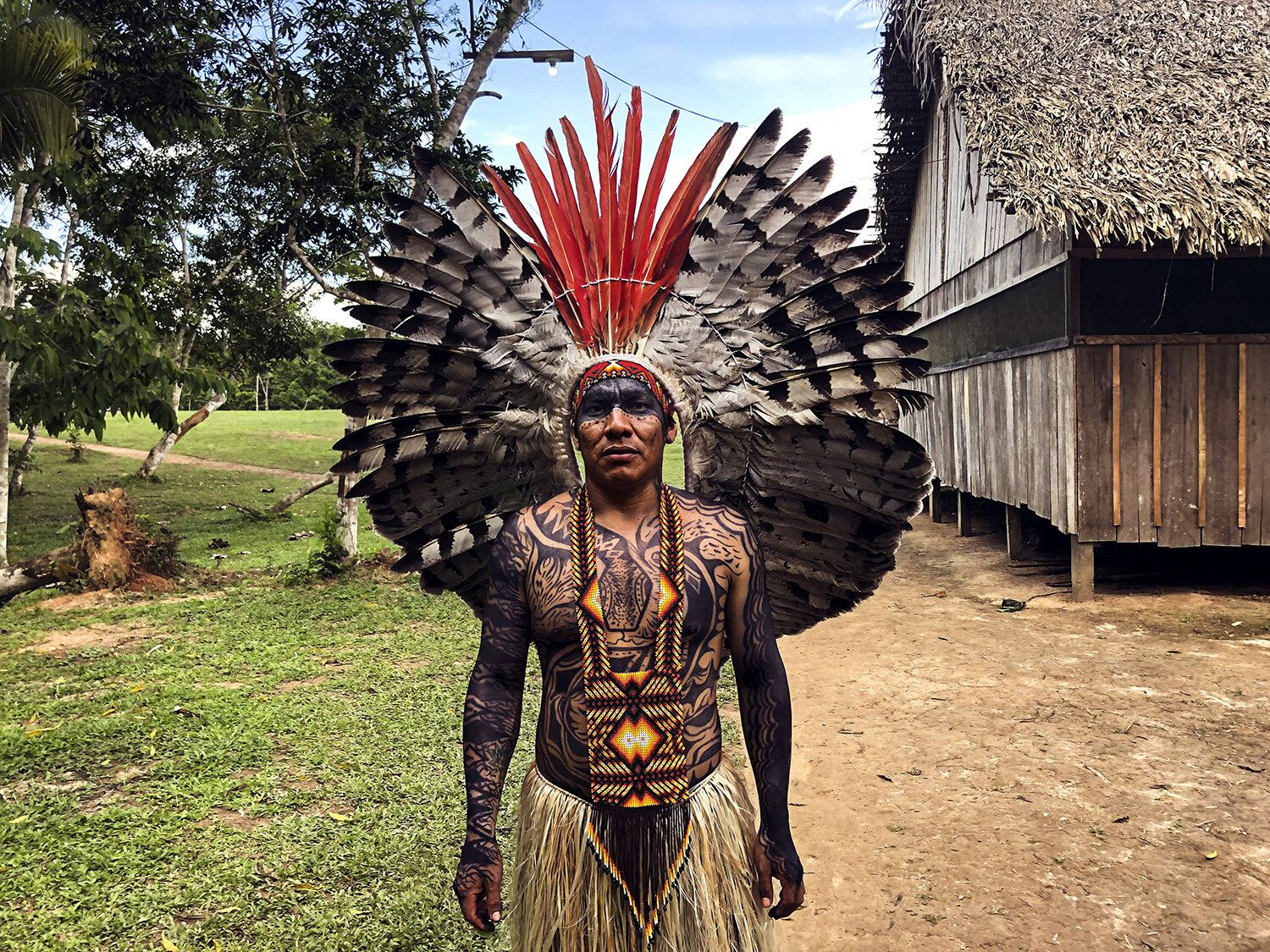 Peu Yawanawá of the Yawanawá community, Nova Esperença Village, Rio Gregório, State of Acre, Brazil. Photo: Delfina Muňoz de Toro (https://www.botanicalmind.online/chapter-indigenous-cosmologies)
Peu Yawanawá of the Yawanawá community, Nova Esperença Village, Rio Gregório, State of Acre, Brazil. Photo: Delfina Muňoz de Toro (https://www.botanicalmind.online/chapter-indigenous-cosmologies)
The selected works represent a constructive attempt to invite an international and integrative dialogue. Indigenous practices are presented alongside western intellectuals like Hildegarde von Bingen, Sigmund Freud and the scientific documentation of plant life. Though still holding certain Eurocentric biases in artist choice and a strong emphasis on the shamanistic stereotypes surrounding Amazonian and Pre-Columbian practices—which has been pointed out as less productive in “The Role of Shamanism in Mesoamerican Art: A Reassessment” by Cecelia Klein, Eulogio Guzman et al. in 2002—the good intentions are welcome.
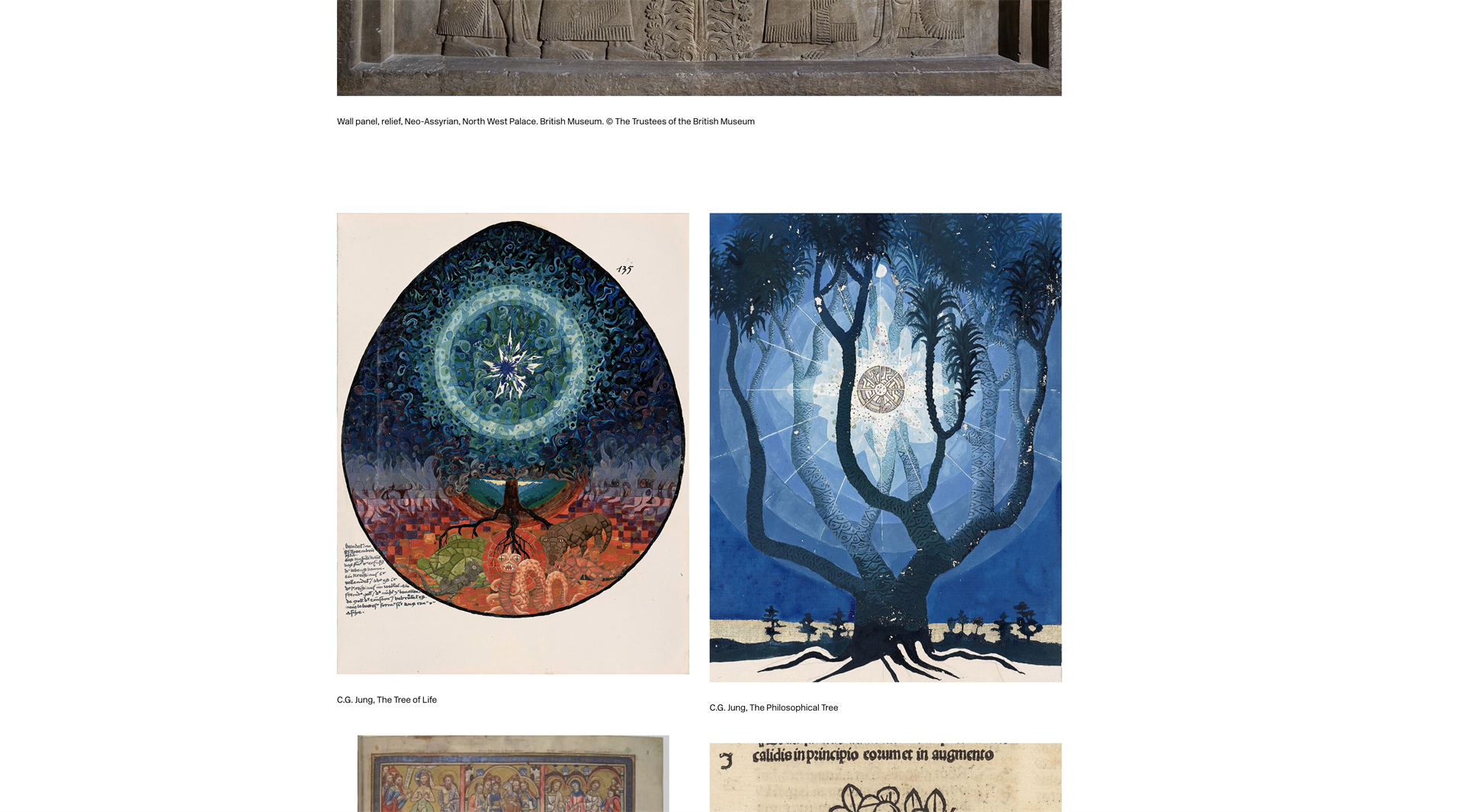 Screen shot of “The Cosmic Tree” viewer (https://www.botanicalmind.online/chapter-cosmic-tree)
Screen shot of “The Cosmic Tree” viewer (https://www.botanicalmind.online/chapter-cosmic-tree)
The exhibition is expansive in multiple ways: from its viewing possibilities to its range of topics. Adapting to the “new normal” the website provides text, digital images and video in combinations that are well organized and easy to navigate. One can experience the work from an overview page where several images are arranged similarly to the much beloved Instagram format. Or, if you want to dig deeper into each topic you can watch a 20-minute introductory video. Viewers can also look at individual pages for each of the six sections that comprise the exhibition. The video gives a catchy overview, which combines contemporary video, close-ups of plants and manuscripts and historical video to the sounds of enrapturing minimal techno beats. The digital experience attends to multiple senses by being visually and aurally sophisticated. Some pieces represented, such as the Adam Chodzko video of scanned undergrowth paired with Bingen’s choral compositions is meant to generate “a system of channeling… a possible path toward an infinite Eden.”
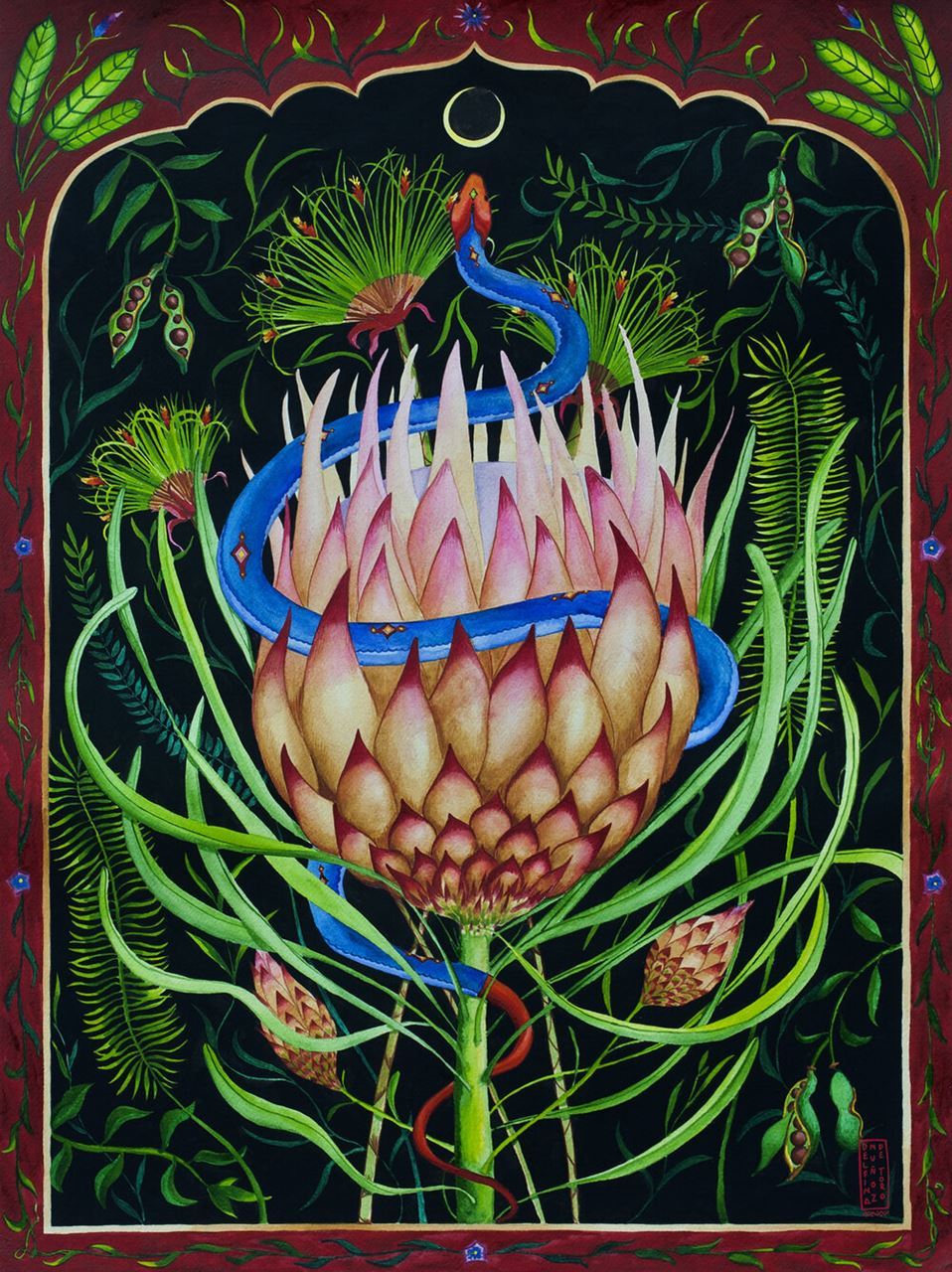
Delfina Muñoz de Toro, Vimi Yuve (Fruit of the Serpent), 2019. Watercolour on paper, 61 x 45.5 cm. Credit: courtesy the artist (https://www.botanicalmind.online/chapter-cosmic-tree)
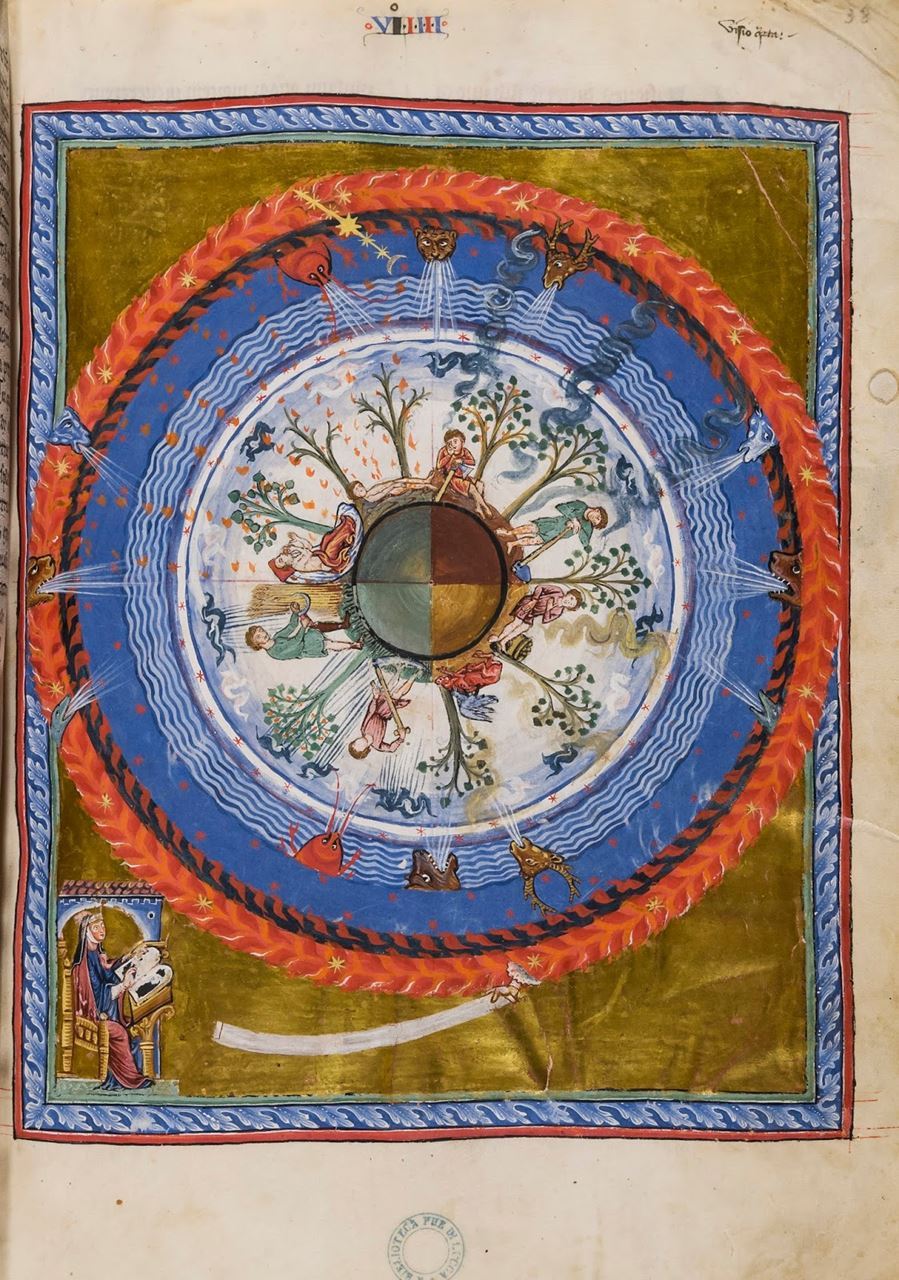
Hildegarde von Bingen, Liber Divinorum Operum (The book of divine works), 13th Century. Illuminated Manuscript. By concession of the Ministry for Cultural Heritage and Activities - Lucca State Library (https://www.botanicalmind.online/chapter-astrological-botany)
An infinite Eden could be exactly what many of us are daydreaming about in our endless hours sitting in front of digital screens, while occasionally peering at the bursting plant-life just outside our windows. The Botanical Mind certainly bridges that expanse between digital and natural while covering a wide range of peoples, philosophies, inquiries and time periods. The six topics covered are: Cosmic Tree, Sacred Geometry, Indigenous Cosmologies, Astrological Botany, As Within, So Without and Vegetal Ontology. Each contains high-resolution imagery of incredible paintings, manuscripts or photographs that are lush with vegetal and spiritual goodness, including Delfina Munoz de Toro's depiction of the sacred plant with serpent that is represented in some form throughout the world and history from genesis to Amazonia. The bright and high contrast image is especially well suited to a computer screen whose RGB span broadcasts those pop neon greens expressively. For example, the historical manuscripts of Hildegarde von Bingen, the German healer and spiritualist whose mandala of the divine expresses seasons and elements as well as harbingers who send their visions from above. There’s a strong emphasis on German and Catholic expansions on the topic of the sacred, and the many variations of this vision seem to be mixed into an unclear theory surrounding the new age.
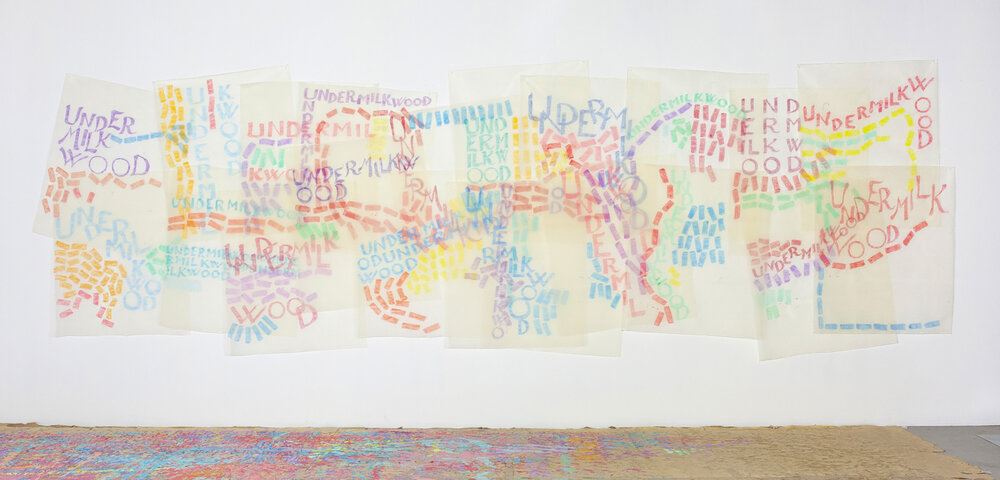
Giorgio Griffa, Undermilkwood (Dylan Thomas), 2019 - acrylic on 20 canvases, 200 x 650 cm (installation reference dimensions only) - work cycle: Trasparenze, Alter ego (https://www.botanicalmind.online/chapter-sacred-geometry
Though less spiritual, the contemporary artists presented reflect further on the vegetal cosmos and its complications, many of which leave the sacred or cosmological out of the equation. One example is the world of Giorgio Griffa where it is “rhythm” that is the determining force for his painted works. This “rhythm of Griffa’s extends to sowing, harvesting, the sun, the day and the night” is from an interview in Apollo Magazine by Thomas Marks (2018). His repetitive phrases express “irrationality, madness and elation” that expand past what the sciences can penetrate. These sections on contemporary art are also ever-expanded and are updated on a semi-weekly basis.
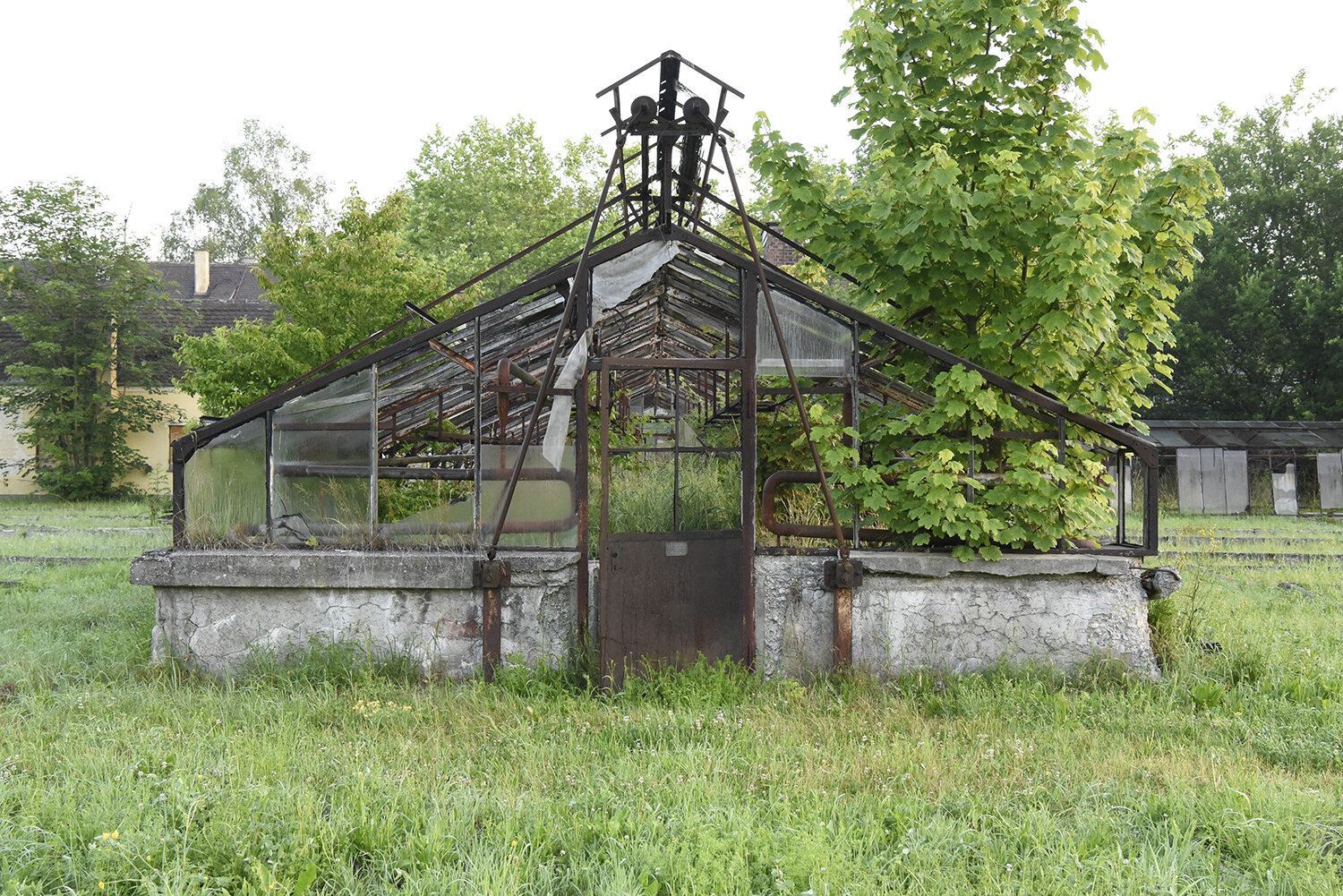
Former plant beds and greenhouses from the herb gardens and plantation at the Dachau Concentration Camp, 2019–2020, series of photographs, dimensions variable. Photography: Marion Schönenberger. Courtesy Hollybush Gardens, London, David Kordansky Gallery, Los Angeles, and Galerie Tschudi, Zuoz. © Andrea Büttner / VG Bild-Kunst, Bonn 2020. (https://www.botanicalmind.online/chapter-cosmic-tree)
From patterns of thought to patterns on the page, this broad ranging exhibition leads us into new frontiers where wide-lens perspectives can grow uninhibited by the walls of a gallery. Perhaps this “infinite Eden” of research, communion and perpetual growth, like the cycles of plant life, exists now more than ever before, through the expansion onto the digital internet plane. Though, like looking at a tree outside your window rather than smelling its luscious flowers, it cannot be the same visceral experience as sitting in front of the smell, feel, textures and imprints that exist in real-life, personally viewing of an exhibition. And just as Buettner’s work of the Dachau Greenhouse reminds us of the chilling reality of time passing and the resurgence of the natural world when humanity makes way, there is much that we can learn from what we do not control.